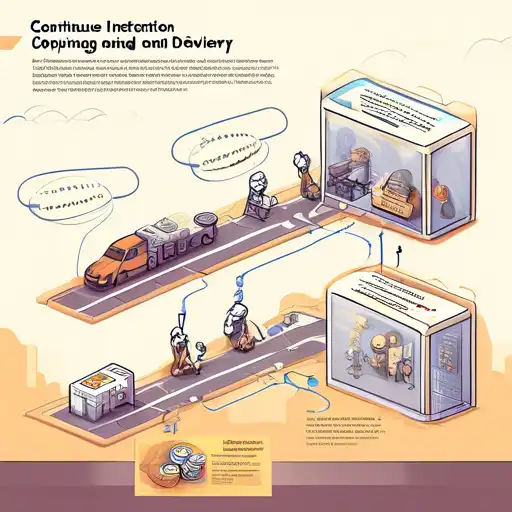What is Continuous Integration and Delivery?
Continuous Integration (CI) and Continuous Delivery (CD) are pivotal practices in the modern software development lifecycle, aimed at improving software quality and speeding up the release process. CI/CD automates the integration of code changes from multiple contributors into a single software project, ensuring that the software can be reliably released at any time.
The Core Principles of CI/CD
At its heart, CI/CD is about automation and monitoring throughout the lifecycle of software development, from integration and testing phases to delivery and deployment. The main goal is to reduce the time between writing code and deploying it to production, without sacrificing quality.
Benefits of Implementing CI/CD
- Faster Release Rate: Automating the build and deployment process allows teams to release software more frequently and with fewer errors.
- Improved Developer Productivity: Developers can focus on writing code without worrying about integration issues, as CI/CD tools handle the integration automatically.
- Higher Quality Software: Automated testing ensures that every change is verified, leading to higher quality software.
- Reduced Risks: By integrating and testing code frequently, teams can detect and fix bugs early, reducing the risk of major failures.
How to Get Started with CI/CD
Implementing CI/CD requires a cultural shift within the organization, as well as the right tools. Start by integrating a version control system, setting up automated builds, and implementing automated testing. Tools like Jenkins, Travis CI, and CircleCI can help automate these processes.
Best Practices for CI/CD
- Commit Early and Often: Encourage developers to commit changes frequently to avoid integration conflicts.
- Automate Everything: From builds to tests to deployments, automation is key to CI/CD success.
- Monitor and Optimize: Continuously monitor the CI/CD pipeline to identify bottlenecks and optimize performance.
- Ensure Security: Incorporate security checks into the CI/CD pipeline to detect vulnerabilities early.
Adopting CI/CD can transform your software development process, making it more efficient, reliable, and secure. By understanding and implementing the core principles and best practices of CI/CD, teams can achieve faster release cycles, higher quality software, and improved customer satisfaction.
For more insights into optimizing your development workflow, explore our guide on Agile Development Practices.
